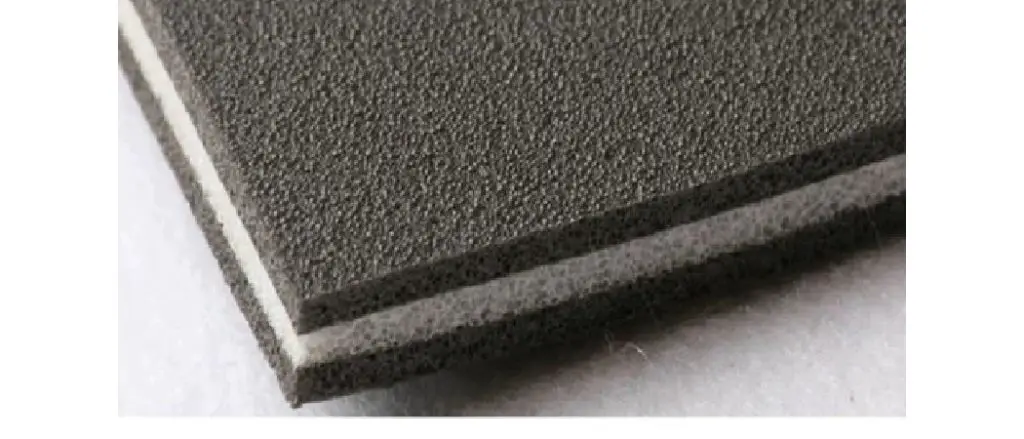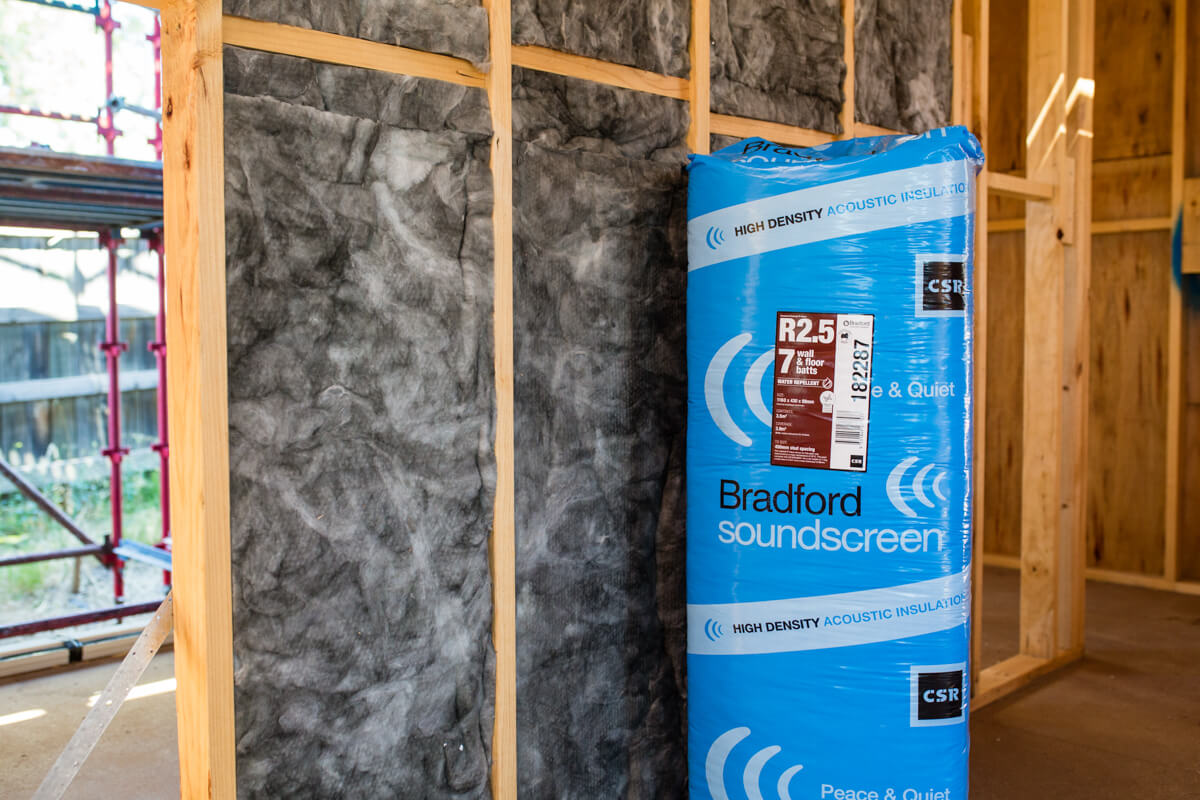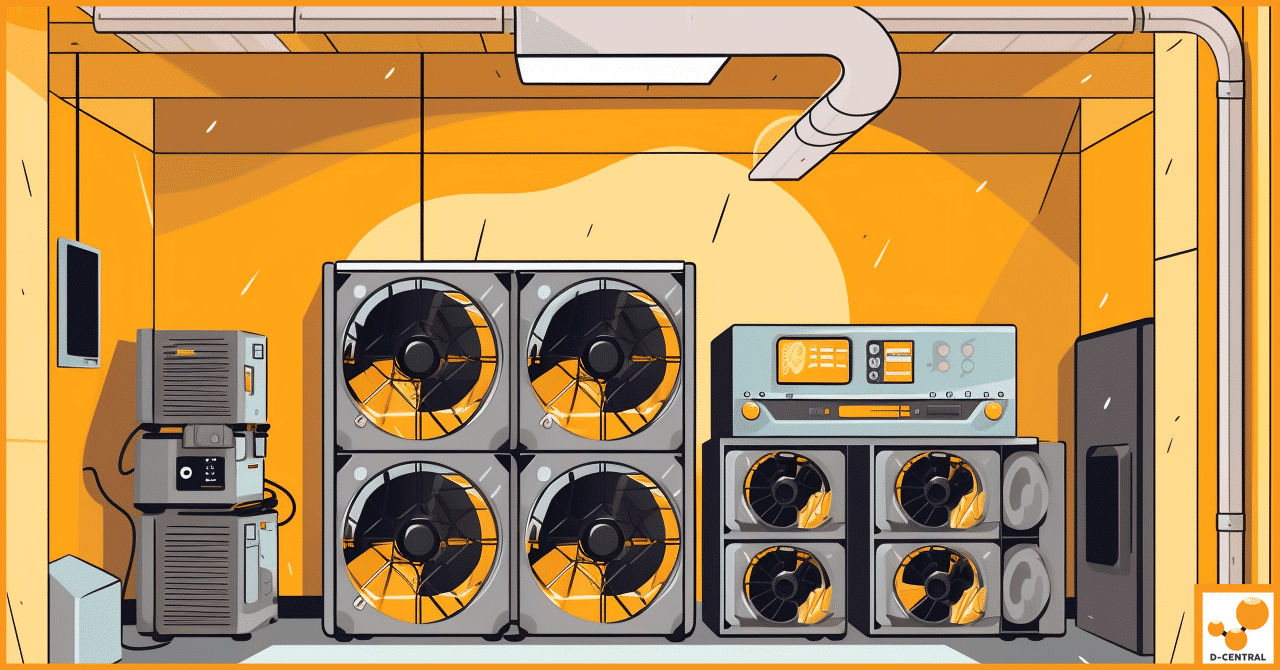The most effective soundproofing material is Mass Loaded Vinyl (MLV) due to its density and flexibility, effectively blocking sound transmission. Are you in need of a peaceful and quiet environment?
Whether you’re constructing a recording studio, managing noisy neighbors, or aiming to improve the sound quality in your home, soundproofing is an essential solution. With various soundproofing materials available, it’s crucial to understand which one is the most effective for your specific needs.

We’ll explore the most effective soundproofing material, Mass Loaded Vinyl (MLV), and how it can significantly reduce noise transmission. We will also discuss the benefits and practical applications of MLV to help you make an informed decision for your soundproofing needs. If you want to know more about what is the most effective soundproofing material, Read the content!
Understanding Soundproofing
Soundproofing is a method used to reduce or block sound in a given space. Whether it’s to minimize external noise from entering the room or to prevent sound from escaping, effective soundproofing plays a significant role in creating a peaceful and conducive atmosphere. To achieve this, it’s essential to understand how soundproofing works and the benefits it offers.
How Soundproofing Works
Soundproofing functions by absorbing, reflecting, or damping sound waves to minimize their impact. Materials with high density and thickness, such as mass-loaded vinyl, are effective at blocking sound. Additionally, sound absorption materials like fiberglass insulation can reduce echoes and reverberations within a room, improving overall sound quality.
Benefits Of Soundproofing
- Enhanced Privacy: Soundproofing ensures that conversations and activities remain private.
- Improved Concentration: By minimizing external noise, soundproofing creates a quieter environment conducive to focus and productivity.
- Better Sleep Quality: Blocking out disruptive noises can lead to better sleep quality and overall well-being.
- Enhanced Comfort: Soundproofing contributes to a more comfortable and relaxing atmosphere, especially in areas with high noise levels.

Credit: d-central.tech
Common Soundproofing Materials
When it comes to soundproofing your space, it’s crucial to choose the most effective material. Below, we will explore common soundproofing materials such as Fiberglass, Mass Loaded Vinyl, Acoustic Foam, and Soundproof Curtains.
Fiberglass
Fiberglass is an excellent soundproofing material due to its dense composition and ability to trap sound vibrations. It can be used in walls, ceilings, and floors to effectively reduce noise transmission.
Mass Loaded Vinyl
Mass Loaded Vinyl, also known as MLV, is a dense, flexible material that is highly effective in soundproofing applications. It is often used in the construction of sound barriers, soundproof curtains, and as an underlayment for floors.
Acoustic Foam
Acoustic foam is designed to absorb and diffuse sound waves, making it an ideal material for soundproofing rooms, recording studios, and home theaters. It effectively reduces echoes and reverberations, creating a more acoustically controlled environment.
Soundproof Curtains
Soundproof curtains are made from heavy materials and are lined with sound-absorbing layers, making them an excellent choice for reducing outside noise and echoes. They can be used in any room and are a versatile solution for soundproofing windows and doors.
Comparing Effectiveness
When choosing a soundproofing material, it’s essential to consider the effectiveness of each option. Let’s compare the performance of different soundproofing materials to determine the most suitable choice for your needs.
Soundproofing Test Criteria
Effective soundproofing materials will be evaluated based on several criteria, including sound absorption, mass, ease of installation, and cost.
Analysis Of Fiberglass
Fiberglass is known for its sound absorption properties, making it an effective option for reducing noise. However, its need for professional installation and potential health hazards may be concerns.
Effectiveness Of Mass Loaded Vinyl
Mass Loaded Vinyl is a highly effective material for soundproofing due to its dense composition. It can effectively block sound transmission, but its cost may be a limiting factor for some.
Evaluating Acoustic Foam
Acoustic foam is popular for its ease of installation and sound absorption capabilities. However, it may not provide sufficient mass to block low-frequency noises effectively.
Performance Of Soundproof Curtains
Soundproof curtains offer a convenient solution for reducing noise in a space. While they are easy to install and can enhance the aesthetics of a room, they may not provide as much soundproofing effectiveness as other materials.

Credit: pricewiseinsulation.com.au
Factors To Consider
When determining the most effective soundproofing material, consider factors such as density, thickness, and acoustic properties. These key factors can significantly impact the material’s ability to reduce noise transmission and improve sound insulation in various spaces. Different materials have distinct characteristics that should be carefully evaluated to ensure optimal soundproofing performance.
Cost
Cost is a crucial aspect when deciding on soundproofing materials.
Ease Of Installation
Ease of Installation determines the convenience in applying the soundproofing material.
Longevity And Maintenance
Longevity and Maintenance are essential factors for sustainable soundproofing solutions.
Versatility
Versatility in soundproofing material allows for flexible use in various spaces.
Special Considerations
One of the most effective soundproofing materials is mass-loaded vinyl, which adds density to walls and ceilings to prevent sound transmission. Other options include acoustic foam panels, soundproof curtains, and fiberglass insulation.
Environmental Impact
When it comes to choosing the most effective soundproofing material, it’s important to consider its environmental impact. Not only do you want a material that effectively reduces noise, but you also want one that is sustainable and eco-friendly.
Many soundproofing materials on the market today are made from recycled or renewable materials, reducing their carbon footprint. For example, cork is a popular choice for soundproofing due to its excellent noise reduction properties and sustainability. It is harvested from the bark of the cork oak tree, without harming the tree itself.
Recycled denim insulation is another environmentally friendly option for soundproofing. Made from recycled blue jeans, it not only provides effective noise reduction but also helps reduce landfill waste.
Fire Safety
Safety should always be a top priority when considering soundproofing materials. It’s crucial to choose a material that is fire resistant and meets building code regulations.
Mineral wool is one such material that offers excellent fire resistance. It is made from natural minerals, such as basalt or slag, and is non-combustible, making it an ideal choice for soundproofing.
On the other hand, acoustic foam should be used with caution in terms of fire safety. While it is excellent at absorbing sound waves, it is highly flammable and releases toxic fumes when burned. It is important to use fire retardant coatings or choose alternative materials for areas where fire safety is a concern.
Vibration Dampening
In addition to reducing airborne noise, it is also important to address vibrations that can transmit through surfaces. This is particularly important in soundproofing scenarios where loud machinery or heavy traffic is involved.
Rubber underlayment is a common choice for vibration dampening. It effectively isolates vibrations and prevents them from transferring to adjacent rooms or structures.
Mass loaded vinyl, also known as MLV, is another popular option for vibration control. It is a dense and flexible material that can be applied to floors, ceilings, or walls to minimize the transmission of vibrations.
Moisture Resistance
In areas prone to moisture or high humidity levels, it is essential to choose soundproofing materials that can withstand these conditions and prevent mold or water damage.
Green glue is a moisture-resistant adhesive frequently used for soundproofing. It not only provides excellent noise reduction but is also resistant to mold and mildew, making it suitable for damp environments.
An alternative option is closed-cell foam, which has a higher resistance to moisture compared to open-cell foam. Closed-cell foam can be used to seal gaps and cracks, providing both soundproofing and moisture protection.

Credit: d-central.tech
Recommended Applications
Soundproofing materials are essential when it comes to creating quiet and peaceful environments, whether in residential or commercial settings. Depending on the specific needs of your space, there are different materials that can effectively reduce noise and create a tranquil atmosphere. Here are some recommended applications where soundproofing materials can make a significant difference:
Home Theaters
Transforming your living room into a home theater allows you to indulge in your favorite movies, shows, and music without disturbing the rest of your household. To ensure an immersive audio experience while minimizing sound leakage, it is essential to choose the right soundproofing material. One popular option for soundproofing home theaters is acoustic foam. This light and porous material absorbs sound waves, reducing echoes and reverberation within the room.
Recording Studios
Recording studios require exceptional sound quality, where every note and word captured is pristine and free from external noise interference. To achieve this level of acoustic isolation, professional recording studios often employ a combination of soundproofing materials. Mass-loaded vinyl (MLV) is a common choice, offering excellent sound insulation properties. MLV can be layered on walls, ceilings, and floors to effectively block unwanted noise from entering or leaving the studio.
Conference Rooms
Conference rooms are spaces where important conversations and business meetings take place. To ensure clear communication and confidentiality, soundproofing materials are crucial for minimizing distractions and preventing sensitive information from leaking out. One effective soundproofing material for conference rooms is soundproof curtains or drapes. These thick and heavy curtains can absorb sound waves and reduce reverberation, creating a quieter and more discreet environment for meetings.
Bedrooms
Your bedroom should be a sanctuary of rest and relaxation, free from the disturbances of the outside world. When soundproofing bedrooms, it is important to choose materials that can effectively block out noise from neighboring rooms, traffic, or other sources. Acoustic panels are a popular choice for bedrooms as they are versatile, easy to install, and highly effective at reducing sound transmission. These panels can be mounted on walls or ceilings near noise sources to create a more peaceful sleep environment.
Aesthetic Considerations
When choosing a soundproofing material, it’s essential to consider not only its acoustic performance but also its impact on the overall aesthetics of the space. Aesthetic considerations play a crucial role in ensuring that the soundproofing solution seamlessly integrates with the design and decor of the room. This can include factors such as customization and design options, the impact on room dimensions, and the integration with existing decor.
Customization And Design Options
Soundproofing materials can offer a range of customization and design options to suit diverse aesthetic preferences. From variety of colors and textures to customizable patterns and shapes, these materials can be tailored to complement the overall design scheme of the room, ensuring that the soundproofing solution enhances the visual appeal of the space.
Impact On Room Dimensions
The choice of soundproofing material can have a significant impact on the room’s dimensions. Some soundproofing materials may add bulk to the walls or ceiling, requiring careful consideration to ensure that the material does not encroach on the available space. On the other hand, there are thinner, lightweight options that provide effective soundproofing without compromising the room’s dimensions.
Integration With Existing Decor
Effective soundproofing materials should seamlessly integrate with the existing decor of the room. This can involve coordinating the colors, textures, and patterns of the soundproofing material with the design elements already present in the space. Additionally, some soundproofing materials can be designed to mimic specific textures or materials, allowing for a cohesive and harmonious integration with the existing decor.
Frequently Asked Questions For What Is The Most Effective Soundproofing Material
What Is The Best Material To Block Out Sound?
The best material to block out sound is mass-loaded vinyl. It is effective and versatile for reducing noise and is commonly used in soundproofing applications. It acts as a barrier to prevent sound from passing through walls, ceilings, and floors.
Use mass-loaded vinyl to create a quieter environment.
What Is The Most Sound Absorbing Material?
The most sound absorbing material is dense and porous, like mineral wool, foam panels, or fiberglass.
How Do You Make A Room 100% Soundproof?
To achieve 100% soundproofing in a room, follow these steps: 1. Seal all gaps and cracks in the walls, windows, and doors. 2. Use thick curtains or blinds that absorb sound. 3. Install soundproof insulation in walls and ceilings. 4.
Add dense materials like acoustic panels or foam to walls. 5. Use soundproofing paint or wallpaper to reduce sound transmission.
What Is Best Sound Deadening Material?
The best sound deadening material is mass-loaded vinyl (MLV), known for its effectiveness in reducing noise. Its dense composition absorbs sound vibrations, improving soundproofing in various spaces.
Conclusion
To sum up, different soundproofing materials offer varying levels of effectiveness in reducing noise transmission. The most suitable material depends on the specific noise problem and budget constraints. Ensure to consider the factors of density, mass, and thickness when choosing a soundproofing material.
By understanding the properties of different materials, you can make an informed decision to effectively soundproof your space.
